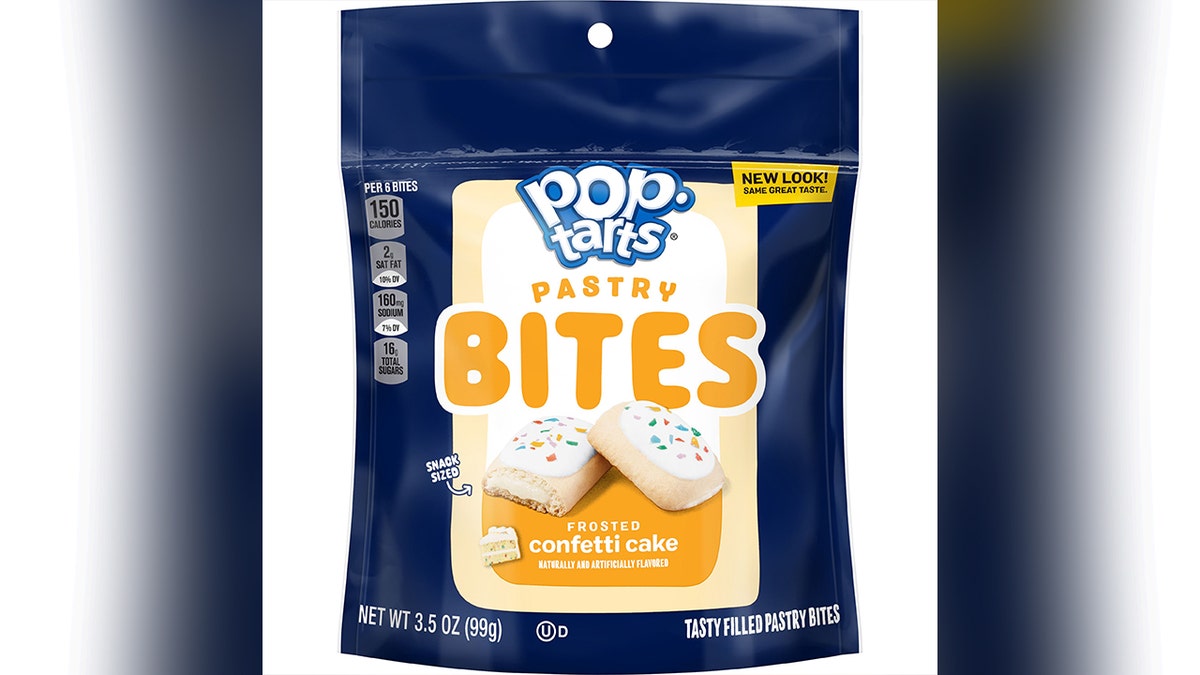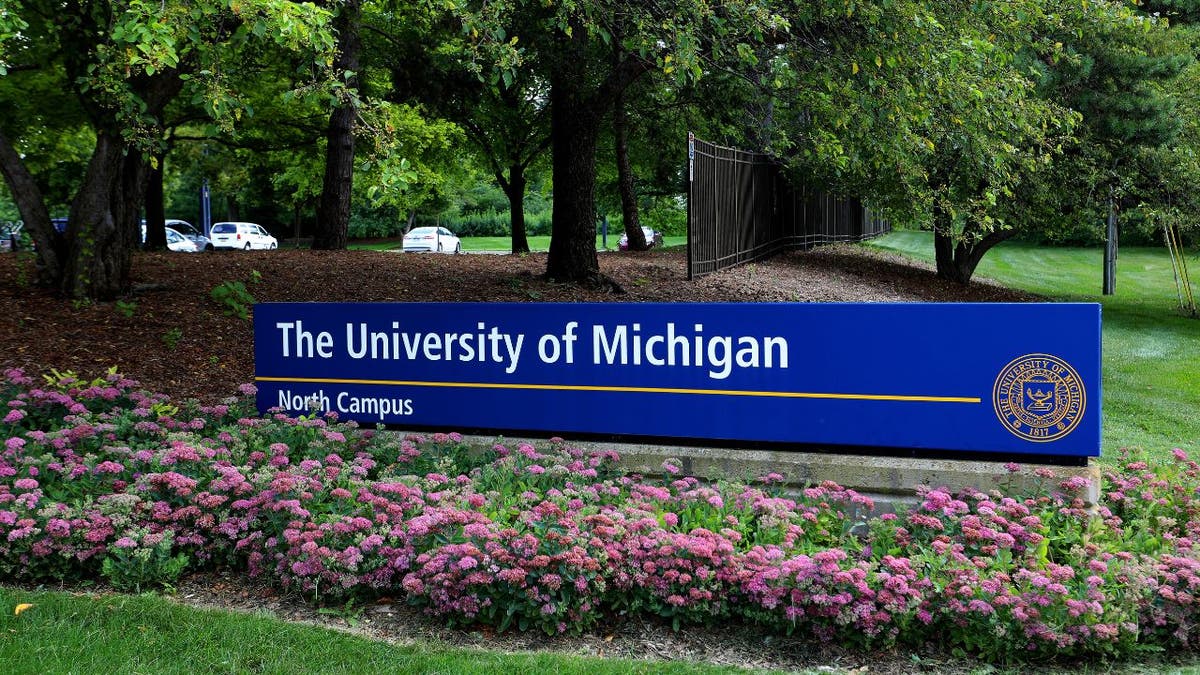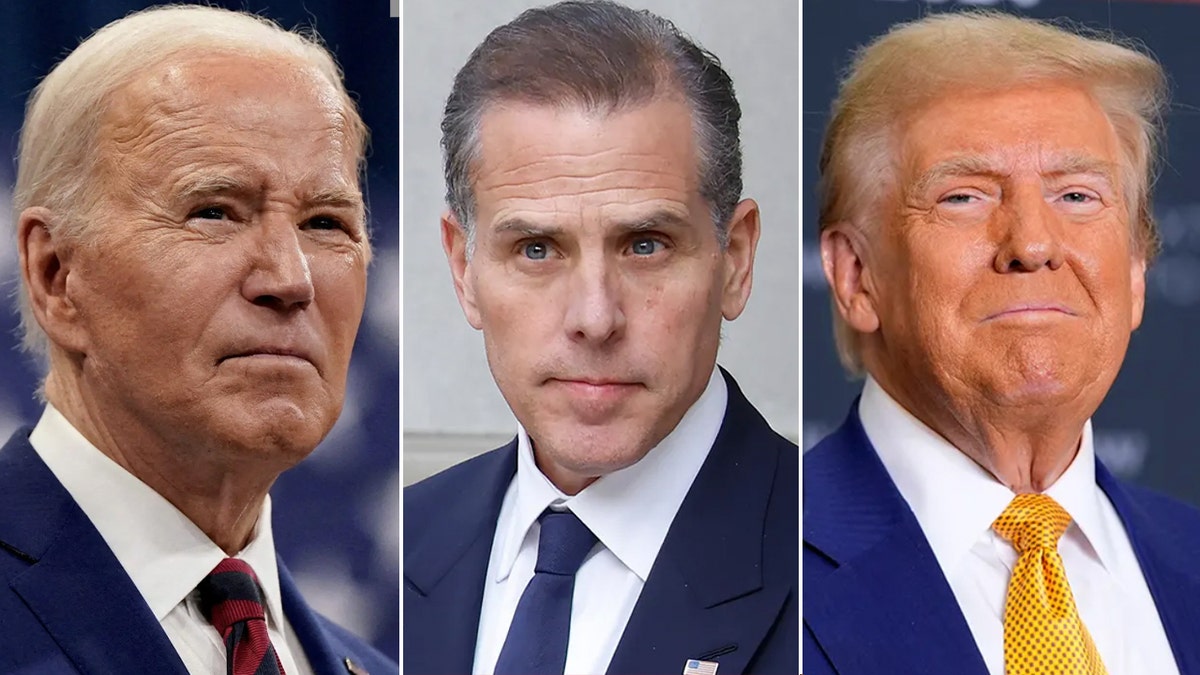The U.S. Food and Drug Administration (FDA) has officially banned the synthetic food dye Red No. 3 (erythrosine), giving food and beverage companies two years to adjust their recipes. This dye has been a common ingredient in various products, from candies and baked goods to even some medications. Let's explore which familiar items might be affected.
Candy Aisle Changes
Several popular candies currently utilize Red No. 3. These include Brach's Conversation Hearts and Candy Corn, PEZ Assorted Fruit candies, AMOS Lollipop Finger Rings, and Jelly Belly's Gourmet Candy Corn.

Jelly Belly's Candy Corn, a Halloween staple, previously contained Red No. 3. (Julia Rubin, File)

Certain PEZ Candies also included the now-banned dye. (William Thomas Cain)
Impact on Snacks and Groceries
Beyond candy, Red No. 3 finds its way into various snacks and grocery items. Entenmann's Little Bites Party Cake Mini Muffins, Publix canned mixed fruit, and Kellanova confetti cake Pop-Tart bites are among the products that will require reformulation.

Kellanova's "Confetti Cake" Pop-Tart bites included Red No. 3. (kellanovaawayfromhome.com)
Other affected grocery products include MorningStar Farms Veggie Breakfast Original Veggie Bacon Strips, Vigo Saffron Yellow Rice, Betty Crocker Loaded Mashed Potatoes, Nesquik Strawberry low-fat milk, and Nerds Bomb Pop Popsicles.
A Long Time Coming
This ban comes after over 30 years since Red No. 3 was prohibited in cosmetics and topical medications due to cancer concerns raised by studies on rats. While banned in several other countries, its use in food had remained permissible in the U.S. until now. Manufacturers have until January 2027 (for food) and January 2028 (for ingested drugs) to comply.

A typical grocery store. (Xinhua via Getty Images)
Former director of the National Institute of Environmental Health Sciences, Linda Birnbaum, expressed satisfaction with the FDA's decision, highlighting the inconsistency of allowing a substance in food that's banned in cosmetics.
This move aligns with growing consumer sentiment, with a recent AP-NORC poll indicating that two-thirds of Americans support removing or reducing additives like sugar and dyes in processed foods.








